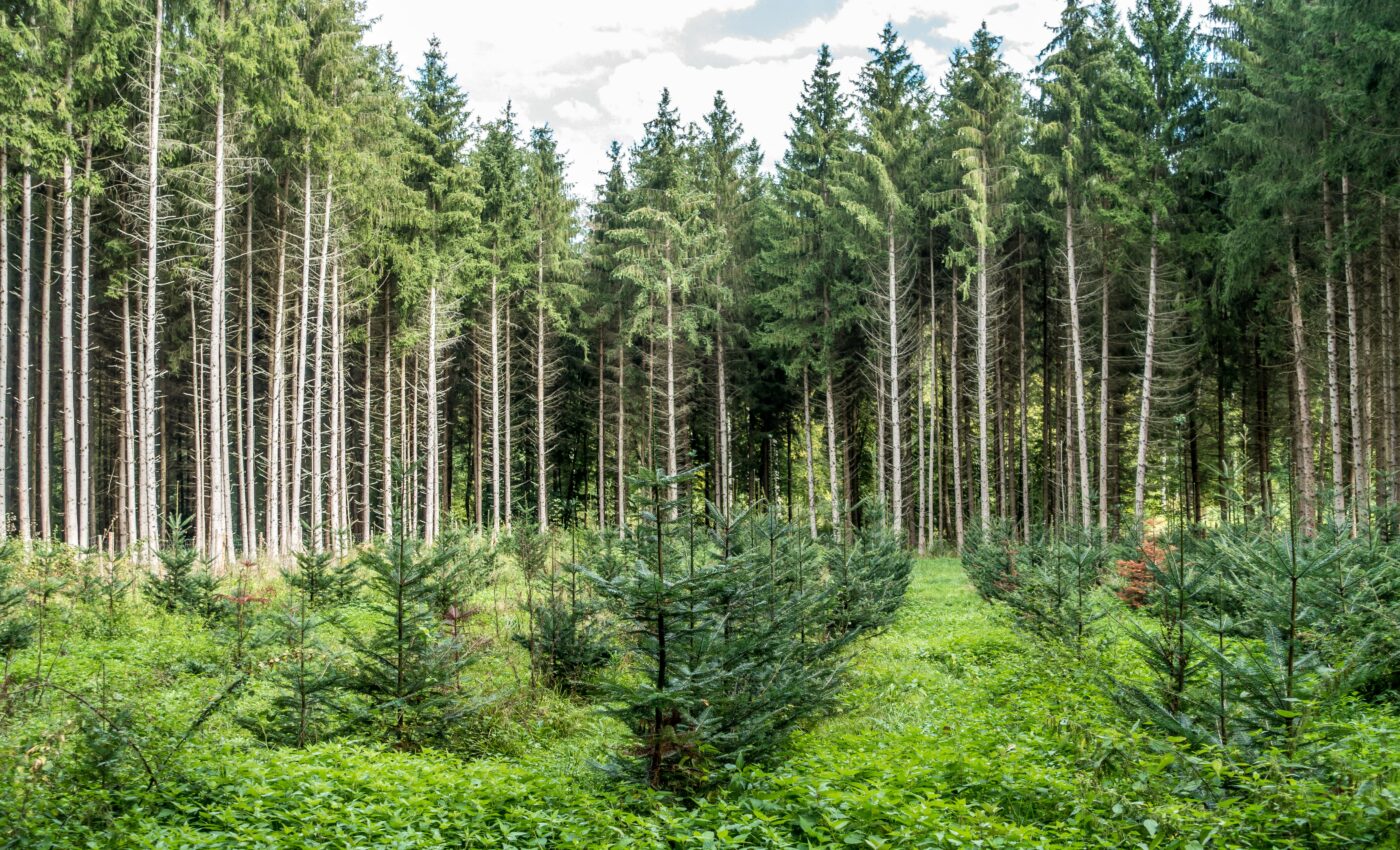
Reforestation may reduce water availability in some places
What are the impacts of reforestation or converting other lands to new forests? We know that such a move can help sequester carbon, but what is the impact on the water cycle? A new study published in the journal Nature Geoscience attempts to answer this question.
Martin Herold from the GFZ German Research Centre for Geosciences contributed to the study, which was led by Anne Hoek van Dijke from Wageningen University & Research.
“Restoration and planting more trees is seen as a viable solution for enhancing carbon storage and the biodiverse functioning of ecosystems,” said Herold. “With innovative data and analysis, our interdisciplinary analysis highlights that the hydrological effects are important for how and where such nature-based solutions are more suitable to achieve towards more climate-smart and sustainable future landscapes.”
The scientists looked at a global model which focused on 900 million hectares of land where trees could grow given local climatic conditions. The change in evaporation given new tree cover was calculated across these locations. The researchers estimated the amount of water that would evaporate and that which would go to streams.
“These models include a vegetation parameter for forest and non-forest conditions that was calibrated to a range of different evaporation and streamflow measurements,” said van Dijke. “Afterwards, we calculated where, and to what extent, the increased evaporation would return to the land surface as increased precipitation.”
The results show that increases in water evaporation vary depending on the local climate. In the tropics, water evaporation can increase by 250 liters of water per square meter of land. In other areas, the increase is a more modest 10 liters.
Around 70 percent of this water is rained back down on land, while 30 percent is precipitated over oceans. Worldwide, this means that reforestation could lead to a loss of water availability.
On the local scale, the impact is more complex. In some watersheds, reforestation leads to a decrease in stream flow. In others, such as the Amazon, the increase in rainflow is enough that the streamflow reduction is nearly zero.
—
By Zach Fitzner, Earth.com Staff Writer













